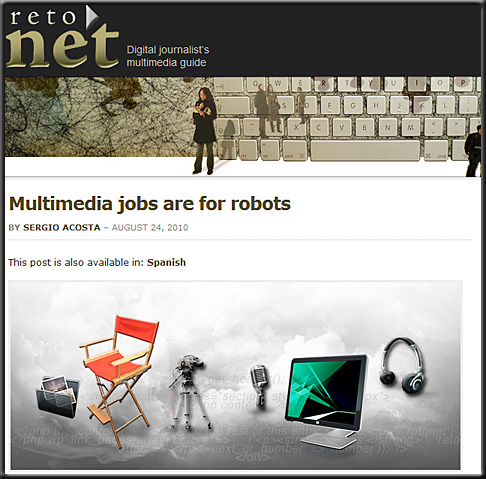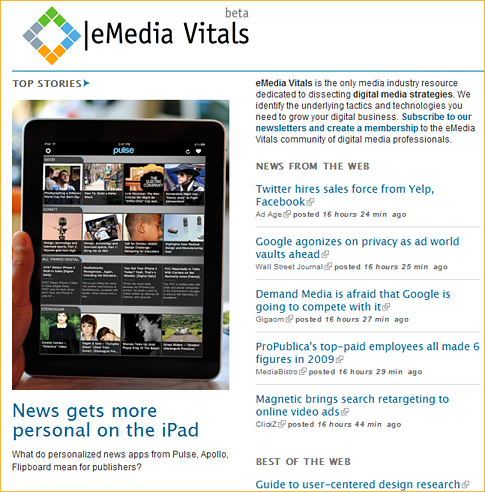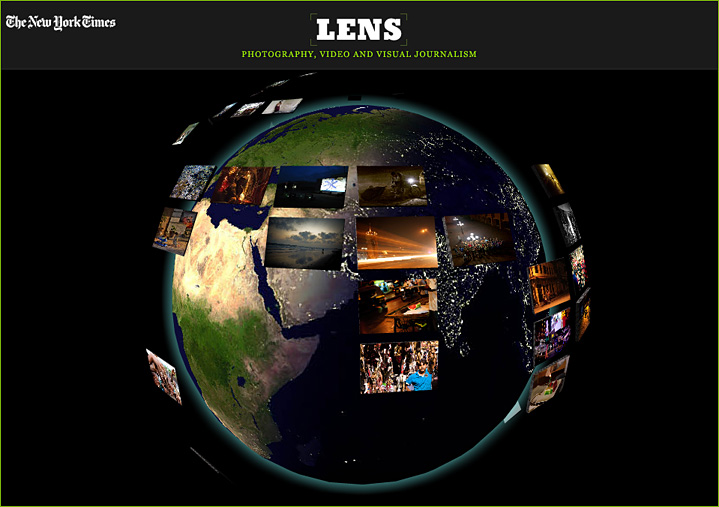5Across: Beyond J-School — by Mark Glaser
5Across is sponsored by Carnegie-Knight News21, an alliance of 12 journalism schools in which top students tell complex stories in inventive ways. See tips for spurring innovation and digital learning at Learn.News21.com.
Just as traditional media has struggled with disruptive technology and the Internet, so too have the institutions that run journalism education. Most journalism schools and training programs are run by people whose careers were framed by print, broadcast and traditional PR, so how can students get the skills they need in the digital age? We convened a group of journalism educators, a trainer, a student and a J-school dropout to discuss how journalism education is shifting.
Guests
Lea Aschkenas wrote a story about her experiences for Salon. Her post-journalism school career includes a stint as a staff reporter, itinerant freelance writer, and author of the memoir, “Es Cuba: Life and Love on an Illegal Island” (Seal Press, 2006). She has also written for the Washington Post, Los Angeles Times, and San Francisco Chronicle. Currently, she works as a public librarian and teaches poetry-writing through the California Poets in the Schools program.
Kelly Goff is a senior in the journalism department at San Francisco State University, focusing on print and online journalism. She recently moved to San Francisco from Los Angeles, where she earned her associates in journalism from Pierce College. She is also an assistant events planner with the Journalism Association of Community Colleges.
Jon Funabiki is a professor of journalism at San Francisco State University and executive director of the Renaissance Journalism Center, which conducts projects to stimulate journalistic innovations that strengthen communities. Funabiki is the former deputy director of the Ford Foundation’s Media, Arts & Culture Unit and was the founding director of San Francisco State University’s Center for Integration and Improvement of Journalism. As a journalist with The San Diego Union, he specialized in U.S.-Asia political and economic affairs and reported from Japan, China, South Korea, the Philippines, Vietnam and other countries.
Lanita Pace-Hinton is the director of the Knight Digital Media Center, a continuing education program based at the University of California, Berkeley Graduate School of Journalism. The Knight Digital Media Center offers free week-long workshops that provides journalists with hands-on training on multimedia storytelling and how to use web tools and social media. Lanita has served as director of career services and industry outreach for the UC Berkeley journalism school. She advised students on skills development and how to prepare for their entry into the profession.
Full disclosure: The Knight Digital Media Center is a sponsor of PBS MediaShift.
Howard Rheingold is a prominent author, educator and speaker on technology and the Internet. He wrote best-sellers about virtual reality and virtual communities, and was the founding executive editor of HotWired. He also founded Electric Minds in the mid-’90s. Rheingold has taught as appointed lecturer at UC Berkeley and Stanford University and has spoken about the social, cultural, political and economic impacts of new technologies.
Also see:
- How to Teach Social Media in Journalism Schools — from 5Across














